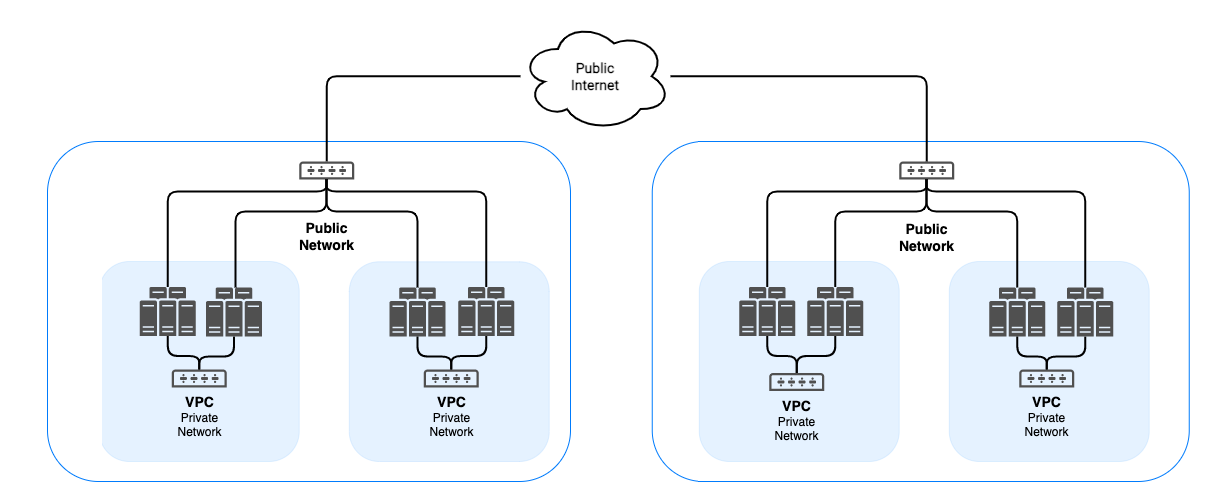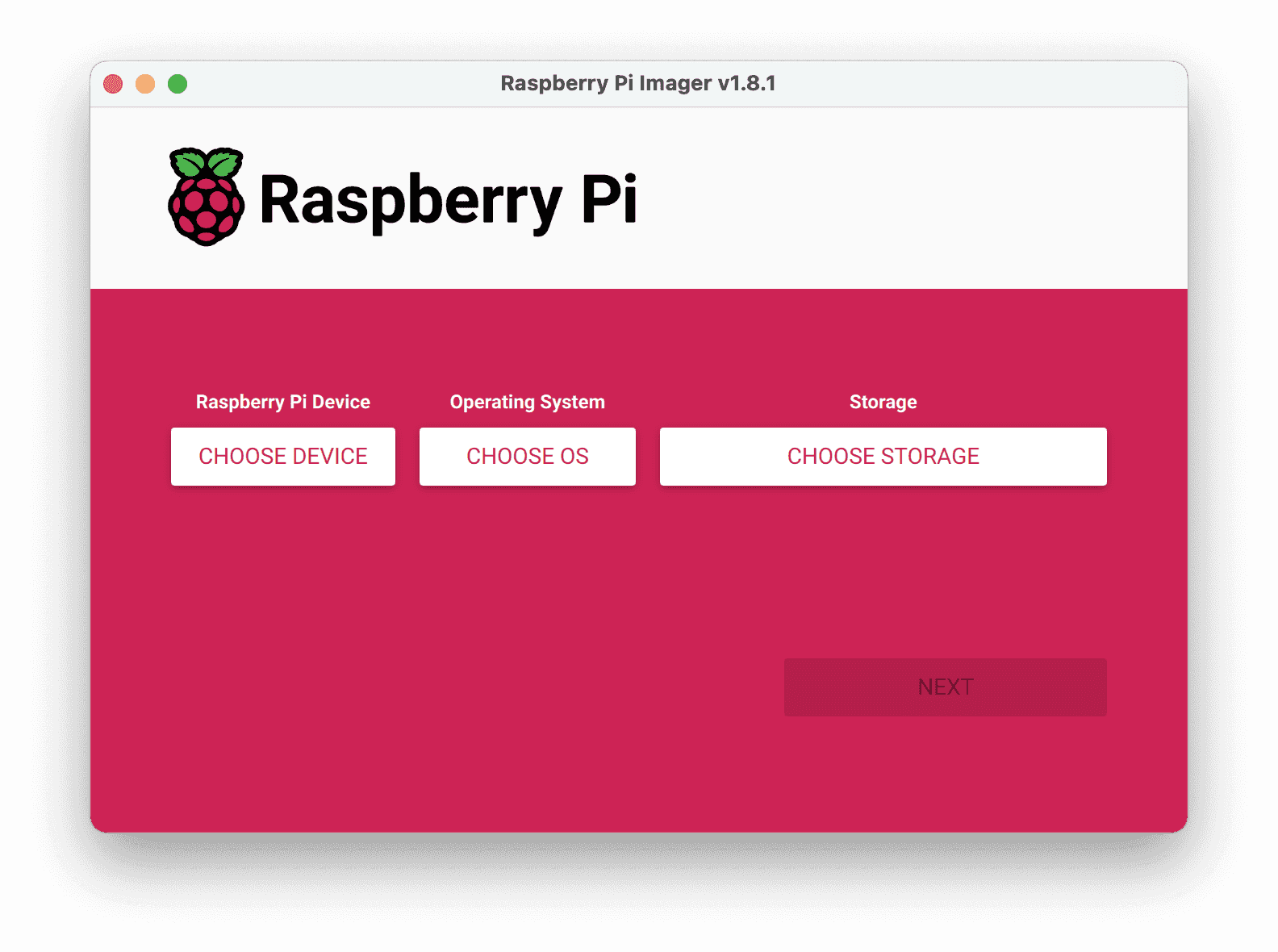Imagine a world where you can control your Internet of Things (IoT) devices from anywhere using a secure connection, all powered by a Raspberry Pi running on Windows 10. This dream is now a reality with remote IoT VPC SSH technology. Whether you're a tech enthusiast, developer, or a hobbyist, understanding how to set up and manage remote IoT connections through a Virtual Private Cloud (VPC) and SSH on Raspberry Pi opens up endless possibilities for innovation.
In today's fast-paced digital era, IoT devices are becoming increasingly popular. They offer convenience, efficiency, and automation for both personal and professional use. However, managing these devices remotely requires a secure and reliable setup. This article will guide you through setting up a remote IoT system using SSH on Raspberry Pi, leveraging Windows 10's capabilities, and ensuring your data remains protected within a VPC environment.
By the end of this article, you'll have a comprehensive understanding of the process, tools, and best practices for remote IoT management. Whether you're downloading Windows 10 onto your Raspberry Pi or configuring SSH for remote access, we'll cover everything you need to know to get started. Let's dive in!
Read also:Movie Rulz Com 2025 Telugu
Table of Contents:
- Biography and Background
- Introduction to IoT and Its Importance
- Raspberry Pi Essentials
- Understanding Virtual Private Cloud (VPC)
- SSH Basics and Security
- Installing Windows 10 on Raspberry Pi
- Setting Up Remote Access
- IoT Security Best Practices
- Troubleshooting Common Issues
- Future Trends in Remote IoT Management
Biography and Background
Before diving into the technical aspects, let's explore the context behind this technology. The Raspberry Pi, a single-board computer developed by the Raspberry Pi Foundation, has revolutionized the way we approach computing and IoT. Below is a brief overview of its history and capabilities:
| Field | Details |
|---|---|
| Name | Raspberry Pi Foundation |
| Founded | 2009 |
| Founder | Eben Upton, David Braben, Jack Lang, and others |
| Purpose | To promote the teaching of basic computer science in schools and developing countries |
| Products | Raspberry Pi single-board computers |
Introduction to IoT and Its Importance
The Internet of Things (IoT) refers to the network of physical devices embedded with sensors, software, and connectivity, enabling them to exchange data and perform tasks autonomously. IoT technology is transforming industries, from healthcare to manufacturing, by enhancing efficiency and reducing costs.
Why IoT Matters
IoT devices play a crucial role in modern society. They provide real-time data analytics, automate processes, and improve decision-making capabilities. For instance, in agriculture, IoT sensors monitor soil moisture levels and weather conditions, optimizing crop yields. In smart homes, IoT devices enhance energy efficiency and security.
Raspberry Pi Essentials
The Raspberry Pi is a versatile and affordable device that serves as the foundation for many IoT projects. Its compact size and low power consumption make it ideal for remote IoT applications.
Key Features of Raspberry Pi
- Single-board computer with GPIO pins for hardware interfacing
- Supports multiple operating systems, including Windows 10 IoT Core
- Equipped with Ethernet and Wi-Fi capabilities for network connectivity
- Extensive community support and resources for developers
Understanding Virtual Private Cloud (VPC)
A Virtual Private Cloud (VPC) is a private network environment hosted within a cloud service provider's infrastructure. It provides a secure and isolated space for running applications and managing IoT devices remotely.
Read also:5 Movies Rulz
Benefits of Using VPC
VPC offers several advantages, including:
- Enhanced security through network isolation
- Scalability to accommodate growing IoT ecosystems
- Customizable networking options for tailored solutions
SSH Basics and Security
Secure Shell (SSH) is a cryptographic network protocol that enables secure communication between devices over an unsecured network. It is essential for managing remote IoT devices securely.
Securing Your SSH Connection
To ensure the safety of your IoT setup, follow these best practices:
- Use strong, unique passwords or SSH keys for authentication
- Disable password-based authentication and rely on public-key authentication
- Regularly update your SSH server software to patch vulnerabilities
Installing Windows 10 on Raspberry Pi
Running Windows 10 on a Raspberry Pi requires careful consideration of hardware and software compatibility. Follow these steps to install Windows 10 IoT Core on your Raspberry Pi:
Step-by-Step Guide
- Download the Windows 10 IoT Core Dashboard from the official Microsoft website
- Prepare your SD card by formatting it with the appropriate file system
- Use the IoT Dashboard to flash the Windows 10 IoT Core image onto the SD card
- Insert the SD card into your Raspberry Pi and power it on
Setting Up Remote Access
Once Windows 10 is installed on your Raspberry Pi, you can configure remote access using SSH. This allows you to manage your IoT devices from anywhere in the world.
Configuring SSH on Raspberry Pi
To enable SSH on your Raspberry Pi:
- Open the Command Prompt or PowerShell on your Windows machine
- Use the
sshcommand to connect to your Raspberry Pi's IP address - Authenticate using your SSH key or password
IoT Security Best Practices
Security is paramount when managing IoT devices remotely. Here are some tips to safeguard your IoT ecosystem:
Protecting Your IoT Devices
- Regularly update firmware and software to address security vulnerabilities
- Implement network segmentation to isolate IoT devices from critical systems
- Monitor network traffic for suspicious activity and potential breaches
Troubleshooting Common Issues
Encountering problems during setup is common. Here are solutions to some frequently faced challenges:
Common Problems and Fixes
- SSH Connection Refused: Ensure the SSH service is enabled and the firewall allows incoming connections
- Network Connectivity Issues: Verify the Raspberry Pi's network settings and check for DHCP conflicts
- Slow Performance: Optimize resource usage and consider upgrading hardware components
Future Trends in Remote IoT Management
The future of IoT is bright, with advancements in artificial intelligence, edge computing, and 5G networks set to transform the landscape. Remote IoT management will become even more seamless, enabling real-time analytics and predictive maintenance.
Emerging Technologies
Some promising developments include:
- AI-driven analytics for predictive maintenance
- Edge computing for faster data processing
- 5G networks for enhanced connectivity and reduced latency
Conclusion
Remote IoT VPC SSH on Raspberry Pi with Windows 10 download represents the cutting edge of modern technology. By following the steps outlined in this article, you can create a secure, efficient, and scalable IoT system tailored to your needs. Remember to prioritize security and stay updated with the latest trends to maximize the potential of your IoT setup.
We encourage you to share your thoughts and experiences in the comments below. Additionally, explore our other articles for more insights into IoT, Raspberry Pi, and related technologies. Together, let's build a smarter, more connected world!


